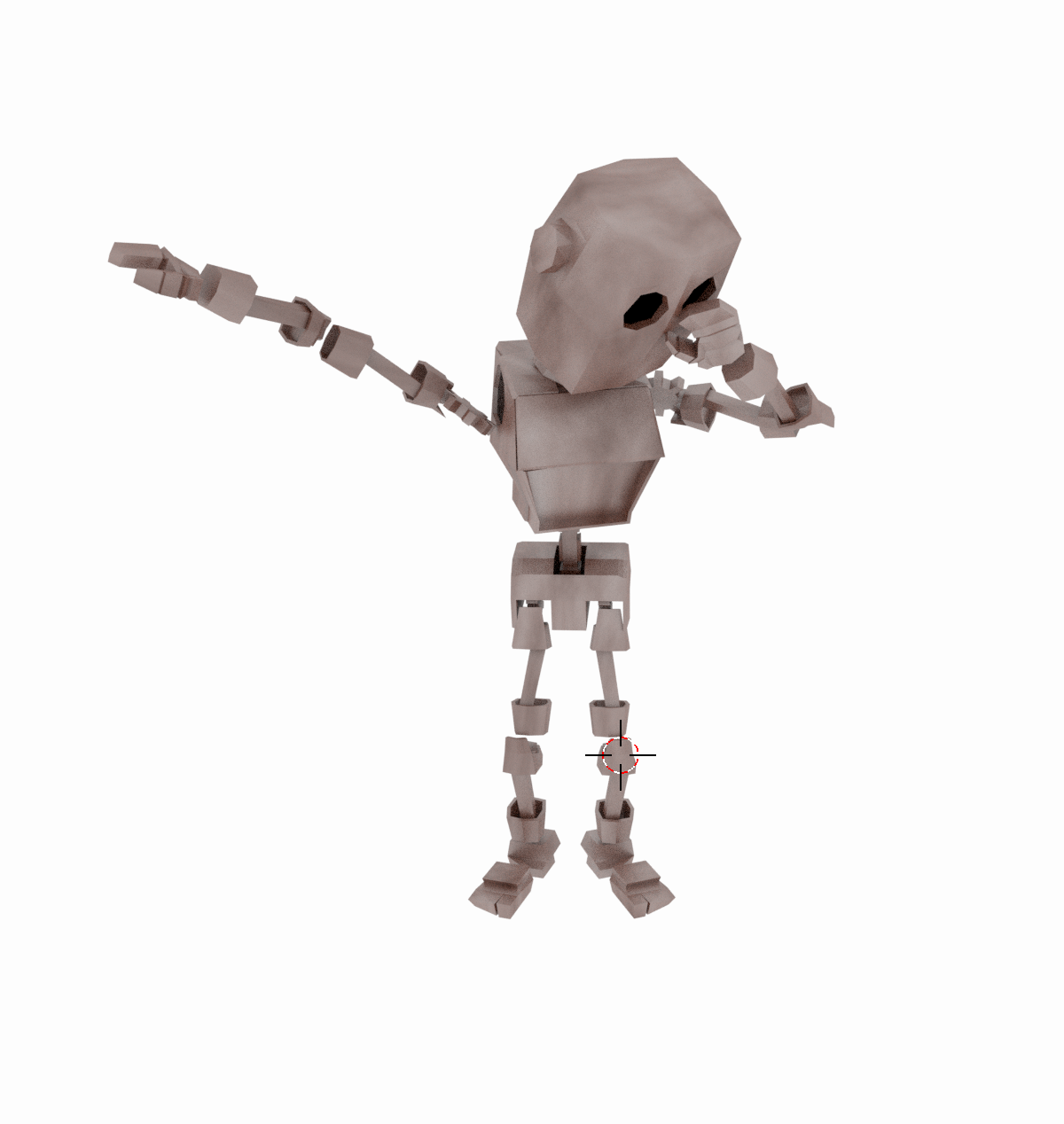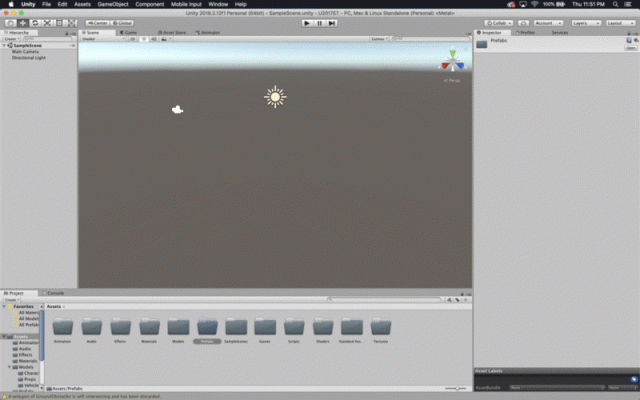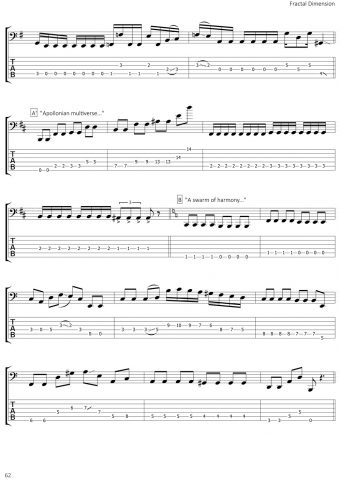Head-Games
Instructions
Move your nose left and right to roll Bobo
Jerk your nose up to make Bobo jump for dear life!
Originally my plan was to make a simplified version of a game like Stick Fight or Super Smash Bros, but allow players to handle movement with their head via webcam, freeing up both their hands for the combat aspect of those games which can be complex. However I was having a lot of trouble getting the networking, matter.js and posenet components working together so I decided to boil the concept down to its most basic unique element, which was the movement.
I have noticed that when people play highly-movement centric games like platformers and racing games that they almost involuntarily jerk their body toward where they want their avatar to be. Its amusing to watch especially non-gamers frantically hopping around in their seats as they get used to the controls of a new game. I thought it would be interesting to have this kind of physical response to platformers be an actual element of its control rather than just a by-product.
My main challenge here was making the head controls comfortable. In an earlier iteration of this game I noticed the back of my neck was getting sore after playing it for more than a minute or so. Most of my changes after that were trying to find the right balance of values for tracking jumps, and I feel like I need to add sensitivity controls because the few people I tested this with had widely different ways of getting their character to jump, some being far more forceful than others. I also wish I had given myself more time to document this work and record a full demo so I could have made use of the in-class critiques.
In conclusion, I think I will be making use of posenet in future projects. In addition, I enjoyed working with matter.js, it was my first time using it and I don't think I even scraped the surface of what was possible, and I hope to do that as well in the future.
var Engine = Matter.Engine,
Render = Matter.Render,
World = Matter.World,
Bodies = Matter.Bodies;
var engine = Engine.create();
var render = Render.create({
element: document.body,
engine: engine,
options: {width:800, height:800,
pixelRatio:1,
wireframes:false}
});
Engine.run(engine);
Render.run(render);
let platTex = "https://cdn.glitch.com/7541f658-c2e5-4490-8bac-21a2d3c09449%2FtestPlatformTex.jpg?1539315376974";
let bobo1Tex = "https://cdn.glitch.com/7541f658-c2e5-4490-8bac-21a2d3c09449%2FgroundBobo.png?1539318024497";
let bobo2Tex = "https://cdn.glitch.com/7541f658-c2e5-4490-8bac-21a2d3c09449%2FjumpBobo.png?1539318026058";
var player;
var poseNet;
var platforms = [];
function setup() {
createCanvas(800, 800);
video = createCapture(VIDEO);
video.size(width, height);
poseNet = new PoseNetObj(video);
poseNet.poseNet.on('pose', function (results) {
poseNet.poses = results;
});
Reset();
}
function draw() {
image(video, 0, 0, 800, 800);
}
function Reset() {
World.clear(engine.world);
Engine.clear(engine);
engine.events = {};
player = new Player(poseNet);
platforms.push(new Platform(200, 300, 1500, 20));
}
function GameLoop() {
player.Update();
for(var i=0; i-10 || abs(this.gameObject.velocity.y)>2) {
relativeHeadPos.y=0;
} else {
relativeHeadPos.y=-2000;
}
if(abs(this.gameObject.velocity.y)>1) {
relativeHeadPos.x/=4;
this.gameObject.render.sprite.texture = bobo2Tex;
} else {
this.gameObject.render.sprite.texture = bobo1Tex;
}
this.velocity.x = relativeHeadPos.x/this.inertia;
this.velocity.y = relativeHeadPos.y/this.inertia;
this.prevY = this.poseSource.GetHeadPos().y;
Matter.Body.applyForce(this.gameObject, this.gameObject.position, this.velocity);
}
}
this.CheckBounds = function() {
if(this.gameObject.position.x<-10 || this.gameobject.position.x>1500) {
console.log("game over");
return true;
}
if(this.gameObject.position.y<-100 || this.gameobject.position.y> 1000) {
console.log("game over");
return true;
}
return false;
}
}
function PoseNetObj(videoSource) {
this.video = videoSource;
this.poses = [];
this.poseNet = ml5.poseNet(video, {flipHorizontal:true, detectionType:'single'});
video.hide();
this.lastKnownPos = {x:width/2, y:height/2};
this.GetHeadPos = function() {
let playerPose = this.poses[0];
if(typeof(playerPose)!="undefined") {
this.lastKnownPos.x = playerPose.pose.keypoints[0].position.x;
this.lastKnownPos.y = playerPose.pose.keypoints[0].position.y;
}
return this.lastKnownPos;
}
}









